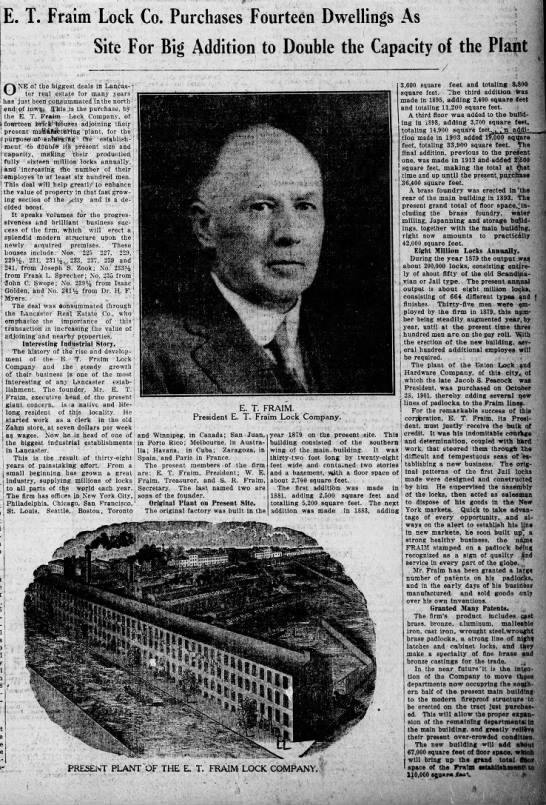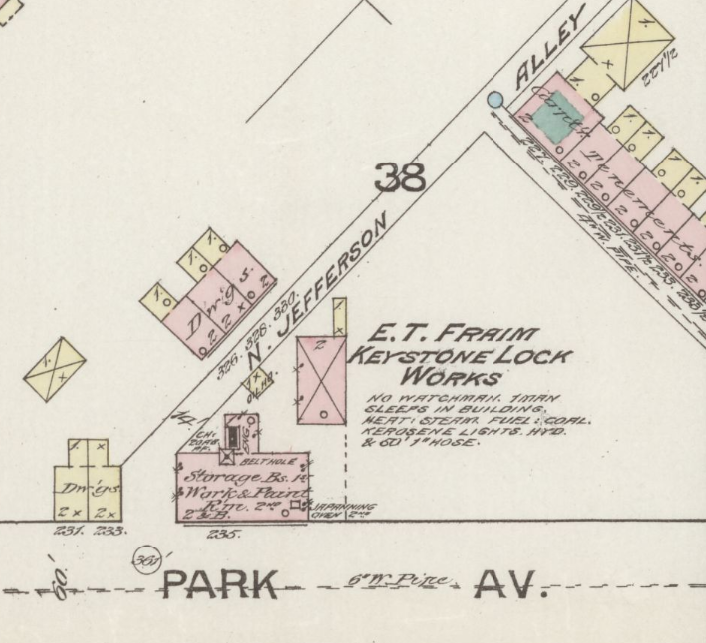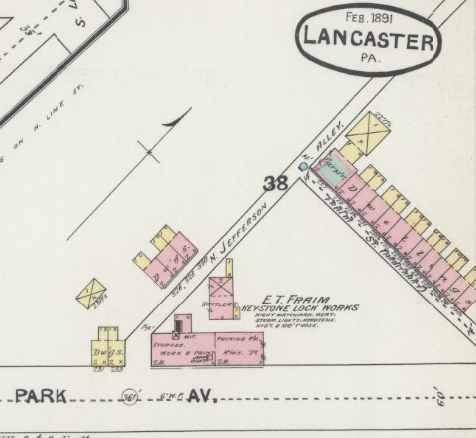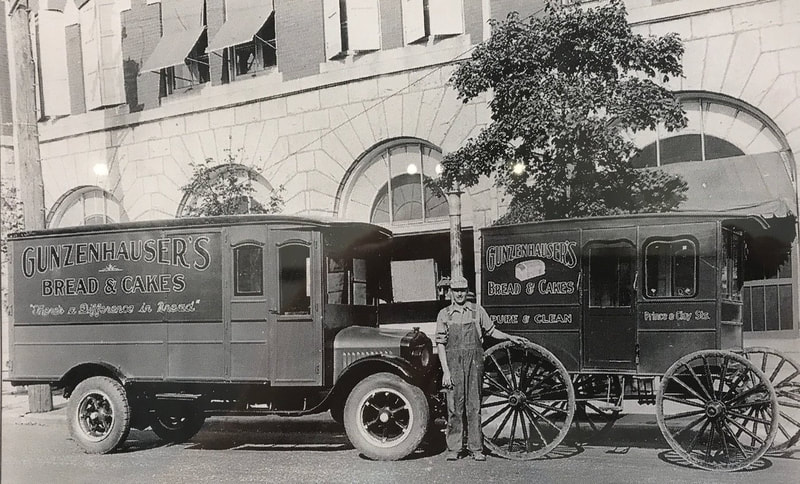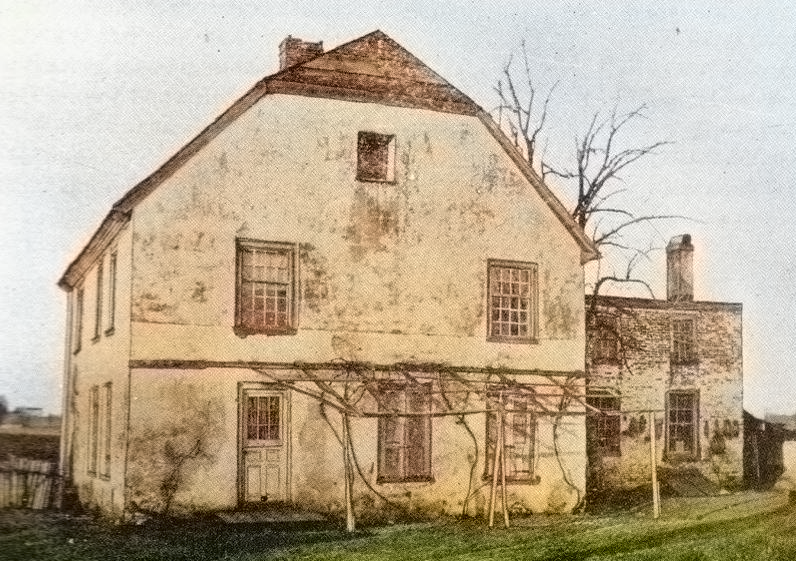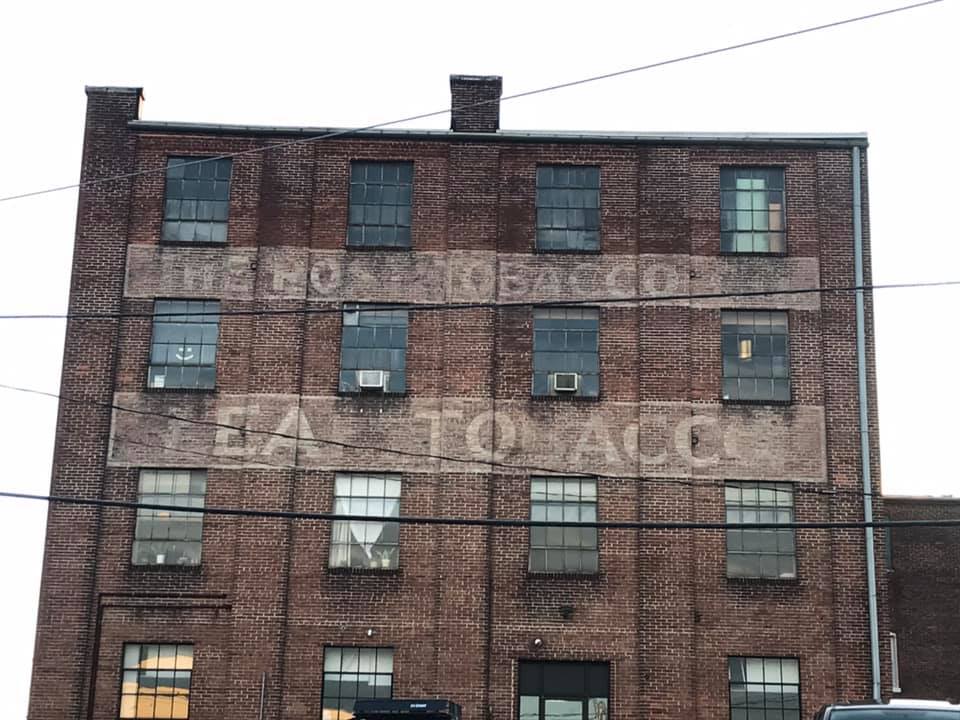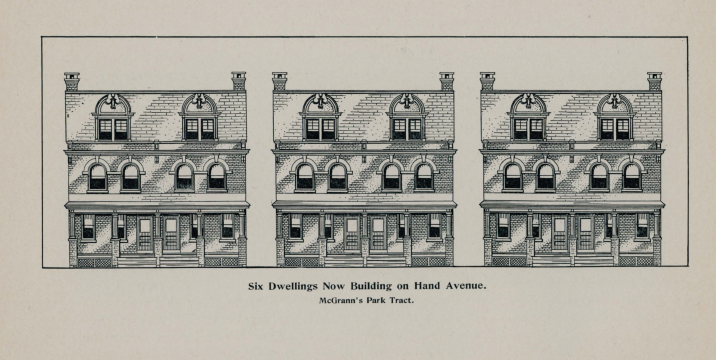Dedicated to Preserving and Projecting the
History of Lancaster City's Sixth Ward
The sight of Amish buggies and miles of rural countryside, punctuated by outlet shopping and smorgasbords, is how many envision our life in Lancaster. We are fortunate for the many daily reminders of our agrarian roots -- just stop by one of the many Amish-owned stands in Central Market or visit Musser Park on a Sunday when local, organic farmers set up their tents. And as a resident of Lancaster City's Sixth Ward, we share an appreciation for the past that is equally rooted in the people and places of our history-rich neighborhood.
We are dedicated to Preserving and Projecting the History of Lancaster City's 6th Ward.
With over four centuries of architectural heritage and one of the largest urban historic districts in the United States, truly Lancaster’s history is a living presence within a modern city. The Sixth Ward is mostly characterized by growth during the later part of the Nineteenth Century and turn of the century, as the population grew from its center outward. Manufacturing and industrial expansion brought many to our neighborhood as rows of Victorian-era homes were built to accommodate a growing workforce. A century later, our neighborhood stands as a reminder of a past life and continues to adapt to our present needs.
Whether you are interested in discovering more about the neighborhood you live in or have a story to share, you are welcome to collaborate with us. Take a look around. The Collaborate page serves as a launching point for your research. You can explore many different platforms and learn more about the place you call home. From beginners to expert historians, we're here to help! Simply complete the "Let's Start Working Together!" form to sign-up for e-mail updates and/or share your story. Want to see what we're working on? The Projects page follows a blog format to share our discoveries: newspaper clippings, photographs and firsthand accounts.
We are dedicated to Preserving and Projecting the History of Lancaster City's 6th Ward.
With over four centuries of architectural heritage and one of the largest urban historic districts in the United States, truly Lancaster’s history is a living presence within a modern city. The Sixth Ward is mostly characterized by growth during the later part of the Nineteenth Century and turn of the century, as the population grew from its center outward. Manufacturing and industrial expansion brought many to our neighborhood as rows of Victorian-era homes were built to accommodate a growing workforce. A century later, our neighborhood stands as a reminder of a past life and continues to adapt to our present needs.
Whether you are interested in discovering more about the neighborhood you live in or have a story to share, you are welcome to collaborate with us. Take a look around. The Collaborate page serves as a launching point for your research. You can explore many different platforms and learn more about the place you call home. From beginners to expert historians, we're here to help! Simply complete the "Let's Start Working Together!" form to sign-up for e-mail updates and/or share your story. Want to see what we're working on? The Projects page follows a blog format to share our discoveries: newspaper clippings, photographs and firsthand accounts.
"One of the biggest deals in Lancaster real estate"Whenever I walked past Park Ave Apartments, I would look at the current building now housing affordable apartments, the warehouse turned into luxury condos, and an often empty parking lot behind. What was there? Now, I have a little more background thanks to Sanborn Fire Insurance Maps dating back to 1886 and a Lancaster New Era clipping from 6 January 1917. In one of the "biggest deals in Lancaster real estate", E.T. Fraim Lock Company purchased the entire row of 14 homes along what was the 200 block of Hamilton to double the capacity of the plant. The new building brought the grand total to 110,000 square feet, increasing production to 16 million locks annually. 600 men worked there. |

